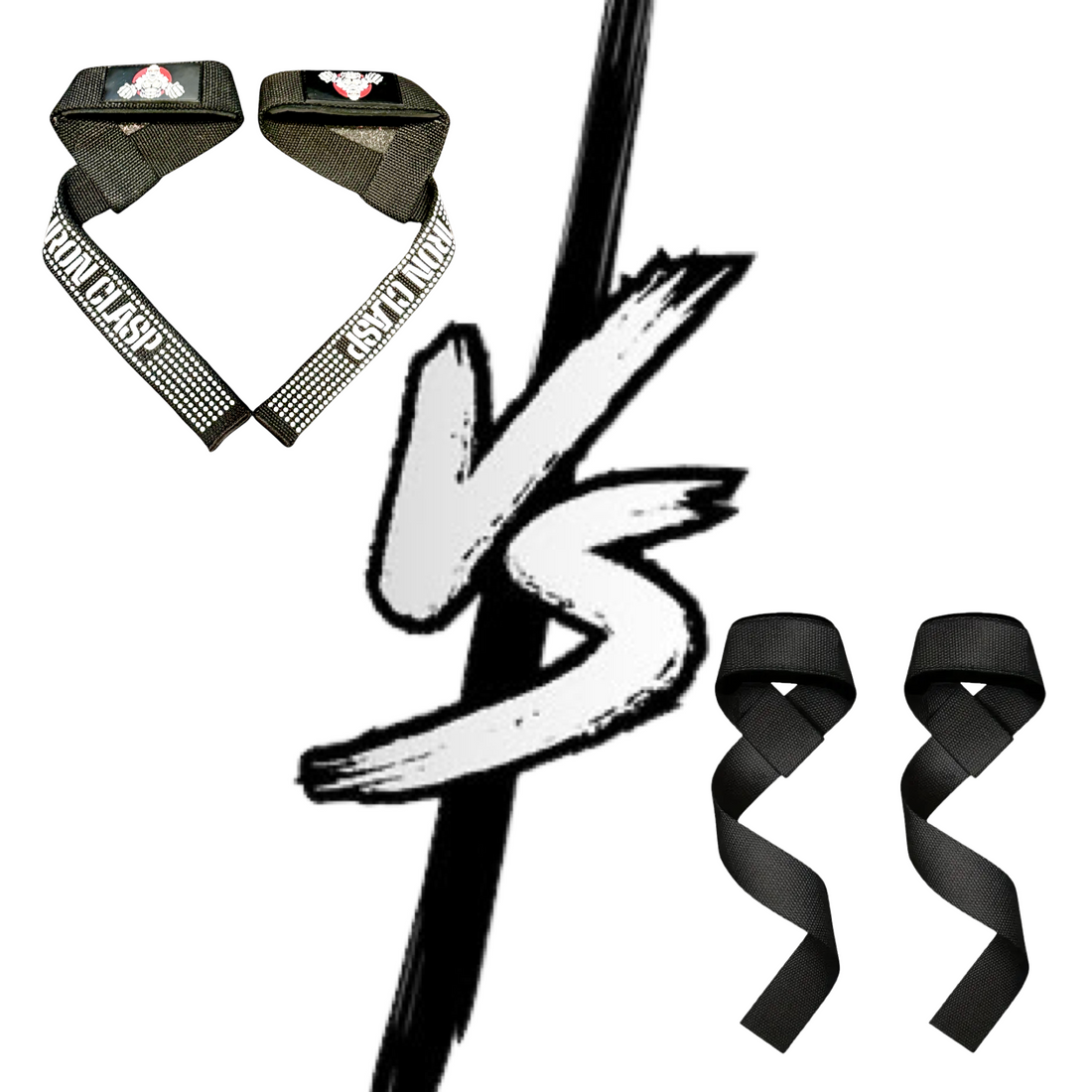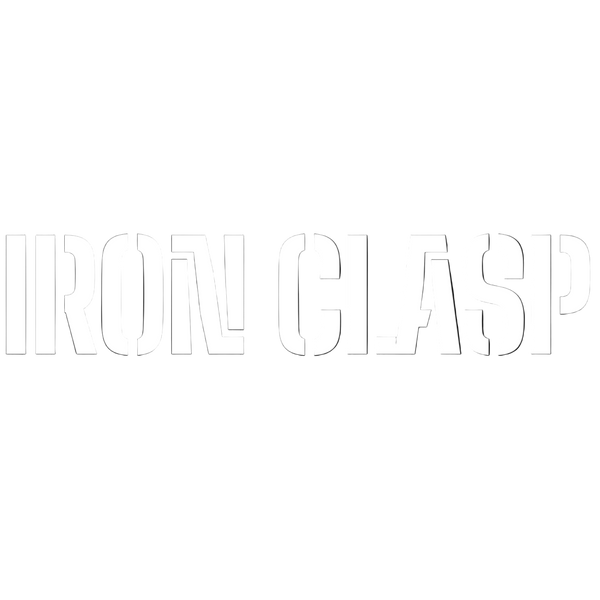
Silicone Gripping Vs. Non Silicone Gripping Lifting Straps?
When choosing lifting straps, the addition of silicone gripping can have both advantages and disadvantages compared to traditional straps without the silicone. Here’s a breakdown of the pros and cons:
Pros of Silicone Gripping on Lifting Straps:
-
Improved Grip and Stability:
- Enhanced friction: Silicone gripping provides extra friction between the strap and the bar, reducing slippage, which is especially useful in exercises like deadlifts, rows, and shrugs where grip can be a limiting factor.
- Better for sweaty hands: If your hands tend to sweat a lot, silicone can help maintain a more secure grip, even when your palms are slippery.
-
Increased Confidence:
- More secure lift: Knowing that the strap has extra gripping power can help boost confidence when lifting heavier weights, since you don't have to worry about the strap or bar slipping mid-lift.
-
Reduced Need for Chalk:
- The silicone helps create friction, potentially reducing your dependence on chalk or other grip-enhancing products.
-
Longer Strap Durability:
- In some cases, the silicone gripping can help distribute the force of the lift more evenly across the strap, which could result in less wear and tear over time.
-
Better for Heavy Lifts:
- For high-intensity or heavy lifting sessions, the added grip helps ensure that you maintain proper technique and control, which can reduce the risk of injury.
Cons of Silicone Gripping on Lifting Straps:
-
Potential for Over-reliance:
- Less grip development: Over-relying on the silicone could hinder the development of your own grip strength. If you always use straps with silicone gripping, you might miss out on training your grip to its fullest potential.
-
Less Comfortable for Some Lifters:
- The added texture of silicone might feel uncomfortable or abrasive against your skin, especially during high-rep sets or long training sessions.
-
Build-up of Debris:
- Silicone can sometimes attract dirt, dust, or chalk, which might build up on the gripping surface. This can degrade its effectiveness over time if not cleaned regularly.
-
Potential for Damage to Equipment:
- The extra grip provided by silicone might cause some damage or wear to your barbell’s knurling over time, especially if you're using the straps frequently and heavily.
-
Bulkiness:
- Lifting straps with silicone grips may feel bulkier or thicker compared to standard straps, which could affect how comfortable or natural they feel, especially during lighter lifts or exercises that require fine motor skills.
-
Price:
- Lifting straps with silicone grips can sometimes be more expensive compared to basic lifting straps, which might not be ideal if you’re looking to keep costs low.
Pros of No Silicone Gripping on Lifting Straps:
-
Simplicity:
- Traditional lifting straps are generally simpler, often cheaper, and don’t have the added bulk or texture that comes with silicone.
-
Better for Grip Development:
- Without silicone, you’re forced to rely more on your grip strength, which can help build better hand and forearm muscles over time.
-
Comfort:
- Without the added texture of silicone, standard lifting straps might feel softer or more comfortable, especially during longer sessions or higher-rep exercises.
-
Less Maintenance:
- Traditional straps are typically easier to clean and maintain, as they don’t accumulate dirt or chalk as quickly as silicone-coated ones.
-
Cost-Effective:
- Basic lifting straps without silicone grips are often more affordable than their silicone-coated counterparts.
Cons of No Silicone Gripping on Lifting Straps:
-
Reduced Grip Security:
- Without the extra friction from silicone, your grip might be less secure, especially during heavy lifts or in humid/sweaty conditions. This can lead to slippage, which may compromise your form or prevent you from lifting as much weight.
-
More Reliance on Chalk or Liquid Grip:
- You may need to use additional grip aids like chalk, liquid grip, or spray-on grips to compensate for the lack of silicone, which can add to the cost and mess.
-
More Frequent Adjustment:
- You might find yourself adjusting the straps more often during lifts, as they can slip more easily, especially if your hands are sweaty or you’re lifting extremely heavy.
In Conclusion:
-
Silicone-Gripping Straps are great for lifters who need extra security, especially for heavy or sweaty lifts. They offer more control and reduce slippage but might limit grip strength development and comfort for some.
-
Non-Silicone Straps are simpler, more cost-effective, and can help improve your natural grip strength. However, they may not be as reliable for heavy lifts or in sweaty conditions, and you may need to rely on additional grip aids.
Your choice should depend on your specific needs—whether you prioritize grip security for heavy lifts or whether you want to focus more on developing your own grip strength.
